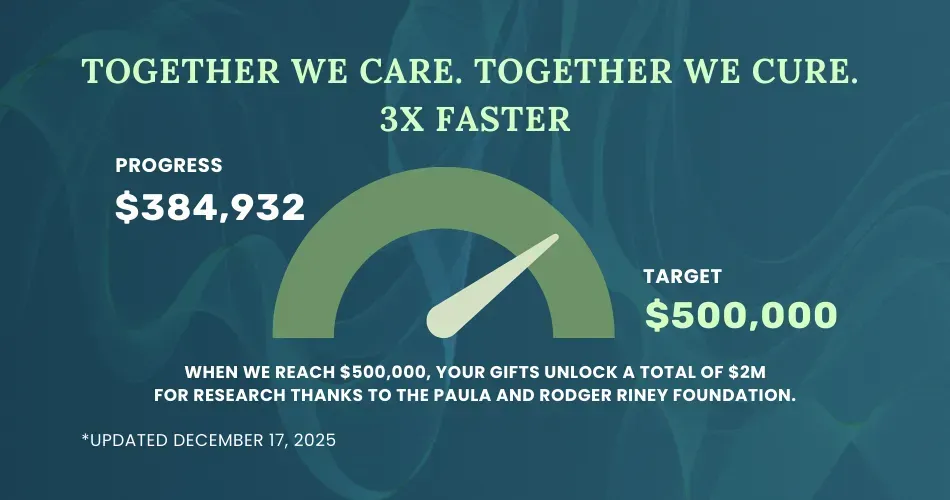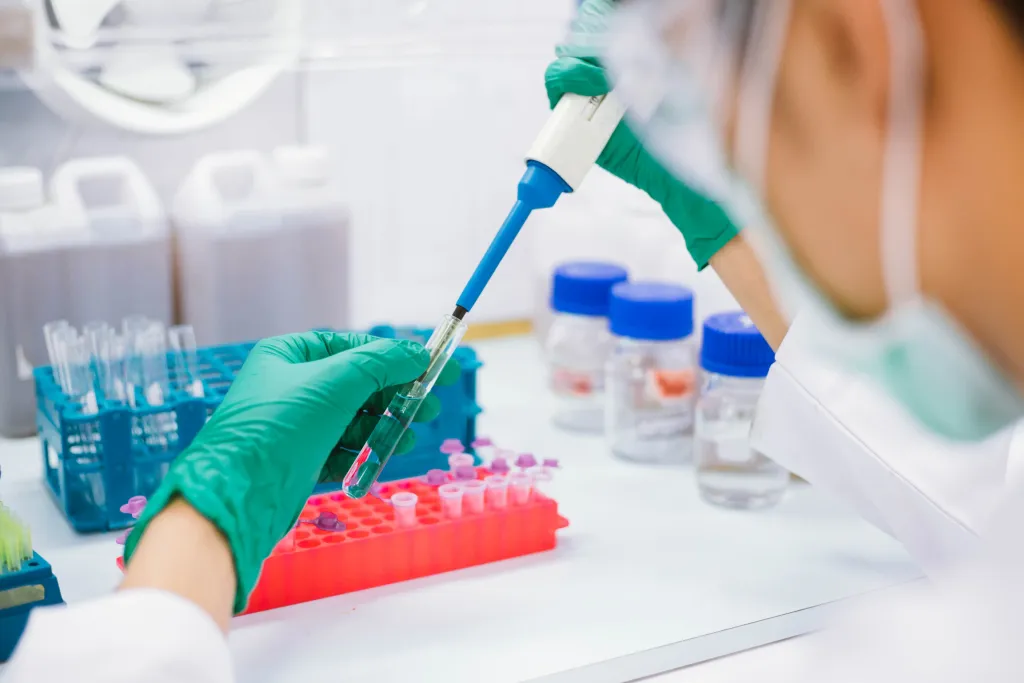What are the Signs and Symptoms of Blastic Plasmacytoid Dendritic Cell Neoplasm?
There are several symptoms associated with blastic plasmacytoid dendritic cell neoplasm (BPDCN). These symptoms can vary widely from person to person. Features of the condition are similar to that of leukemia and lymphoma.
The Most Common Signs and Symptoms of BPDCN
- Skin lesions
- Fatigue
- Enlarged lymph nodes
- Abdominal Pain
Skin Lesions
The most common symptom of BPDCN is skin lesions, occuring in about 90% of cases. They can appear as nodules, plaques, or bruise-like patches and are typically red, purple, or brown in color. These lesions can be anywhere on the body. They are often itchy or painful but in some cases are asymptomatic.
Fatigue
Fatigue can make even simple daily tasks feel exhausting, and can impact work, social activities, and overall quality of life. It can be persistent despite rest, making it difficult to concentrate, stay active, or maintain emotional well-being. In BPDCN, fatigue is caused by a decrease in red blood cells, white blood cells, and platelet counts. This decrease in blood cell counts may also cause bruising, bleeding, and fever.
Enlarged Lymph Nodes
BPDCN can cause the lymph nodes to become enlarged and swollen, often felt as lumps under the skin.
Abdominal Pain
Some people with BPDCN may experience stomach pain as a result of swelling of the spleen and other internal organs impacted by the disease.
Seeking Care For BPDCN
BPDCN is an aggressive cancer that progresses rapidly and seeking medical attention promptly is of utmost importance. Your medical team will create a personalized treatment plan tailored to your specific needs, ensuring the best possible care for your BPDCN journey.
Coping with a cancer diagnosis is physically, emotionally, and psychologically challenging. You are not alone. To learn more about BPDCN symptoms and insights from other patients or to share your own experience, visit the HealthTree Side Effect Solutions tool.
Want to Learn More About Blastic Plasmacytoid Dendritic Cell Neoplasm?
Keep reading HealthTree for Blastic Plasmacytoid Dendritic Cell Neoplasm's 101 pages!
- What Is Blastic Plasmacytoid Dendritic Cell Neoplasm?
- How Is Blastic Plasmacytoid Dendritic Cell Neoplasm Diagnosed?
- How Long Will I Live With Blastic Plasmacytoid Dendritic Cell Neoplasm?
- How Is Blastic Plasmacytoid Dendritic Cell Neoplasm Staged And Classified?
- What Are Treatments For Blastic Plasmacytoid Dendritic Cell Neoplasm?
Sources:
BPDCN Consortium: position on standards of care and areas of need
There are several symptoms associated with blastic plasmacytoid dendritic cell neoplasm (BPDCN). These symptoms can vary widely from person to person. Features of the condition are similar to that of leukemia and lymphoma.
The Most Common Signs and Symptoms of BPDCN
- Skin lesions
- Fatigue
- Enlarged lymph nodes
- Abdominal Pain
Skin Lesions
The most common symptom of BPDCN is skin lesions, occuring in about 90% of cases. They can appear as nodules, plaques, or bruise-like patches and are typically red, purple, or brown in color. These lesions can be anywhere on the body. They are often itchy or painful but in some cases are asymptomatic.
Fatigue
Fatigue can make even simple daily tasks feel exhausting, and can impact work, social activities, and overall quality of life. It can be persistent despite rest, making it difficult to concentrate, stay active, or maintain emotional well-being. In BPDCN, fatigue is caused by a decrease in red blood cells, white blood cells, and platelet counts. This decrease in blood cell counts may also cause bruising, bleeding, and fever.
Enlarged Lymph Nodes
BPDCN can cause the lymph nodes to become enlarged and swollen, often felt as lumps under the skin.
Abdominal Pain
Some people with BPDCN may experience stomach pain as a result of swelling of the spleen and other internal organs impacted by the disease.
Seeking Care For BPDCN
BPDCN is an aggressive cancer that progresses rapidly and seeking medical attention promptly is of utmost importance. Your medical team will create a personalized treatment plan tailored to your specific needs, ensuring the best possible care for your BPDCN journey.
Coping with a cancer diagnosis is physically, emotionally, and psychologically challenging. You are not alone. To learn more about BPDCN symptoms and insights from other patients or to share your own experience, visit the HealthTree Side Effect Solutions tool.
Want to Learn More About Blastic Plasmacytoid Dendritic Cell Neoplasm?
Keep reading HealthTree for Blastic Plasmacytoid Dendritic Cell Neoplasm's 101 pages!
- What Is Blastic Plasmacytoid Dendritic Cell Neoplasm?
- How Is Blastic Plasmacytoid Dendritic Cell Neoplasm Diagnosed?
- How Long Will I Live With Blastic Plasmacytoid Dendritic Cell Neoplasm?
- How Is Blastic Plasmacytoid Dendritic Cell Neoplasm Staged And Classified?
- What Are Treatments For Blastic Plasmacytoid Dendritic Cell Neoplasm?
Sources:
BPDCN Consortium: position on standards of care and areas of need
Trending Articles
Get the Latest Blastic Plasmacytoid Dendritic Cell Neoplasm Updates, Delivered to You.
By subscribing to the HealthTree newsletter, you'll receive the latest research, treatment updates, and expert insights to help you navigate your health.
Together we care.
Together we cure.
3x Faster.




